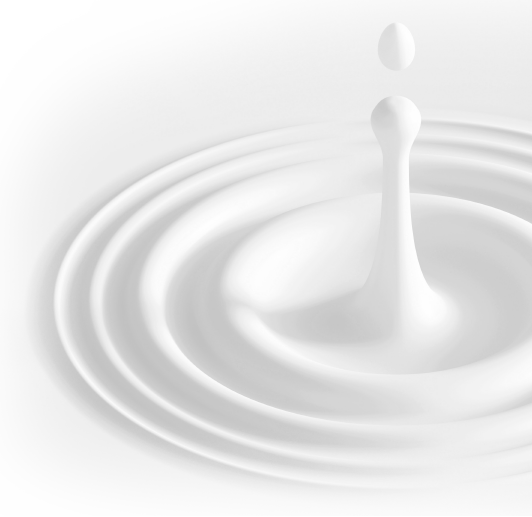- Press Releases
- Paper
Membrane Anchor Suppresses Protein Aggregation
PNAS: In a collaborative study, researchers led by RESOLV scientists, Prof. J. Tatzelt, Prof. K. Winklhofer, and Prof. R. Winter, have gained valuable insight into the development of prion diseases of the brain.











